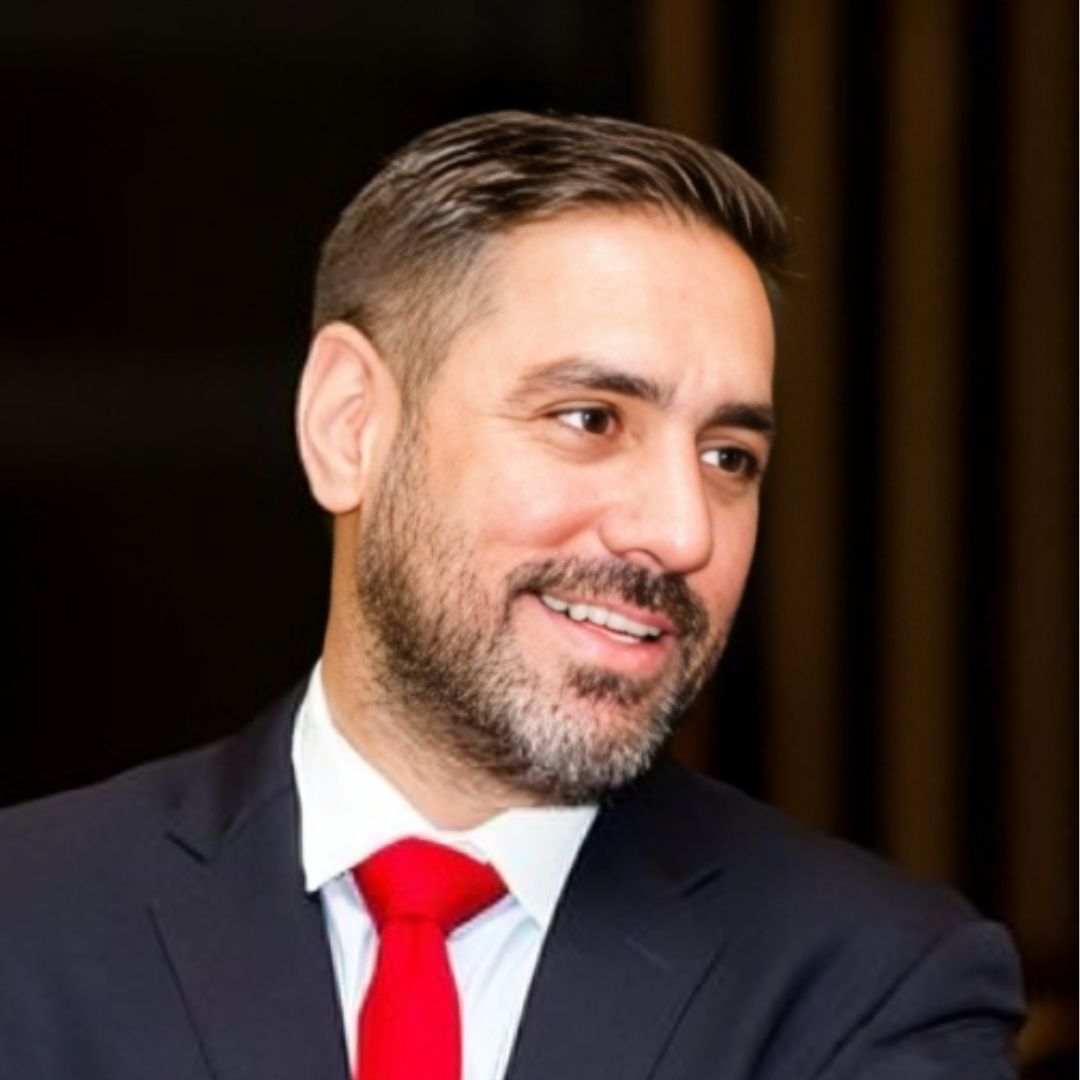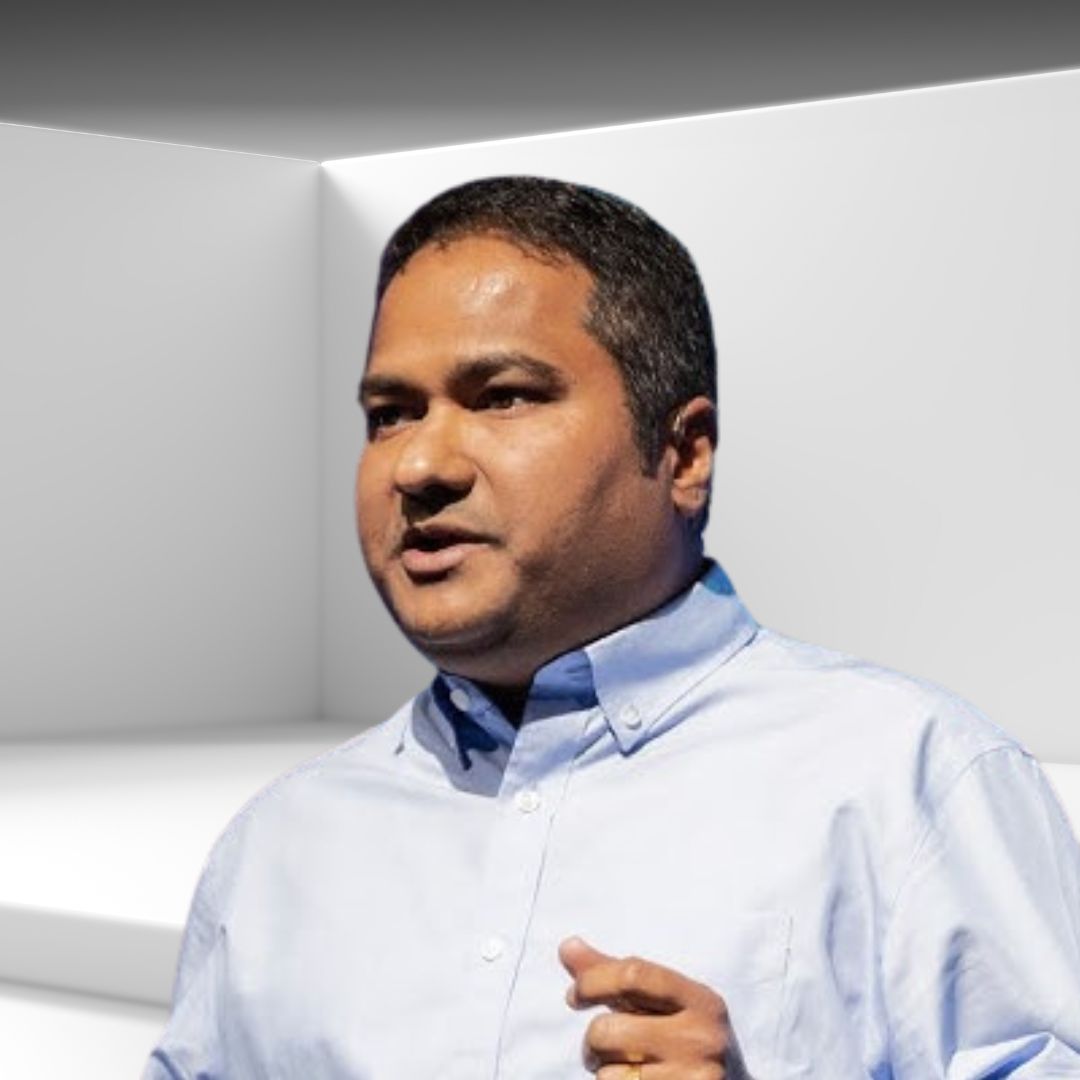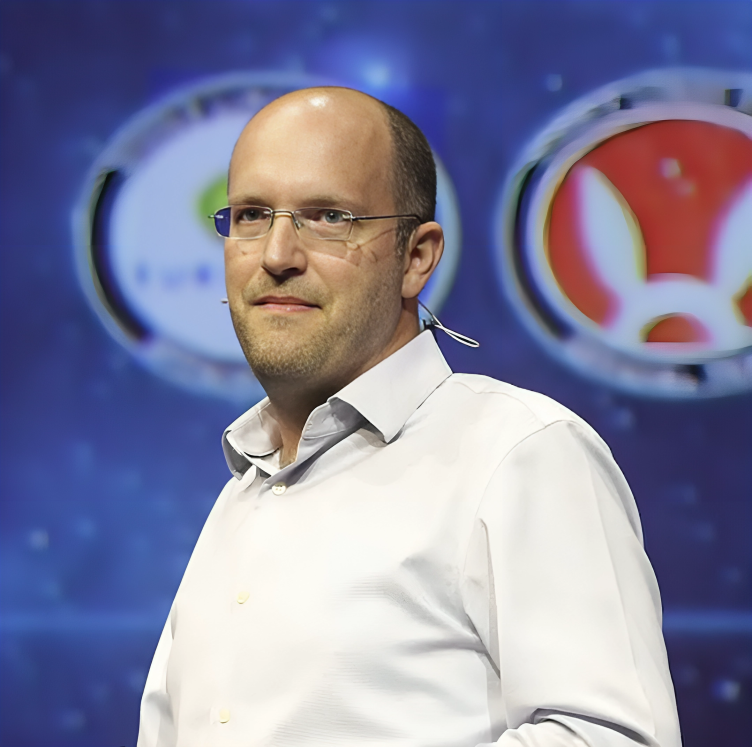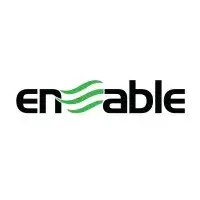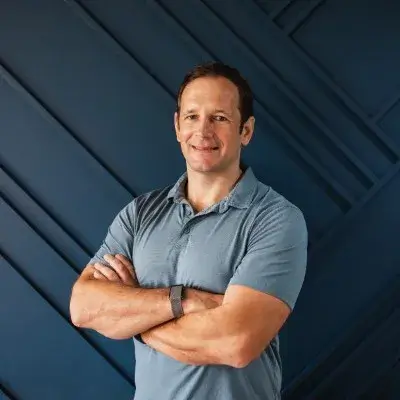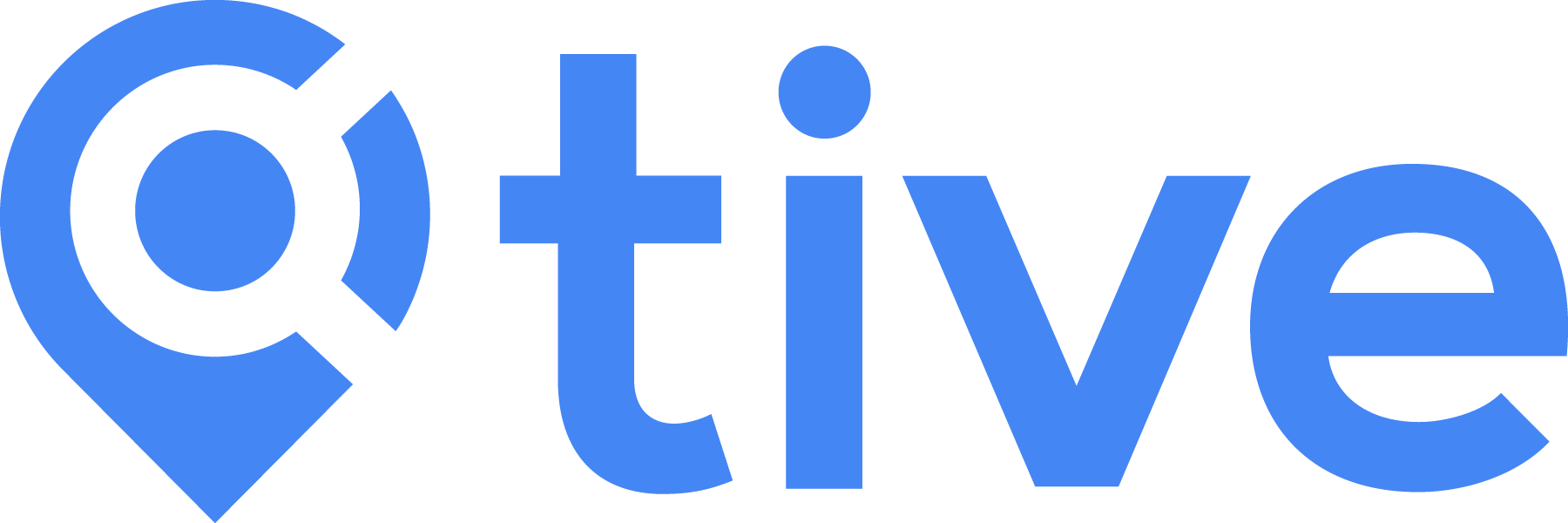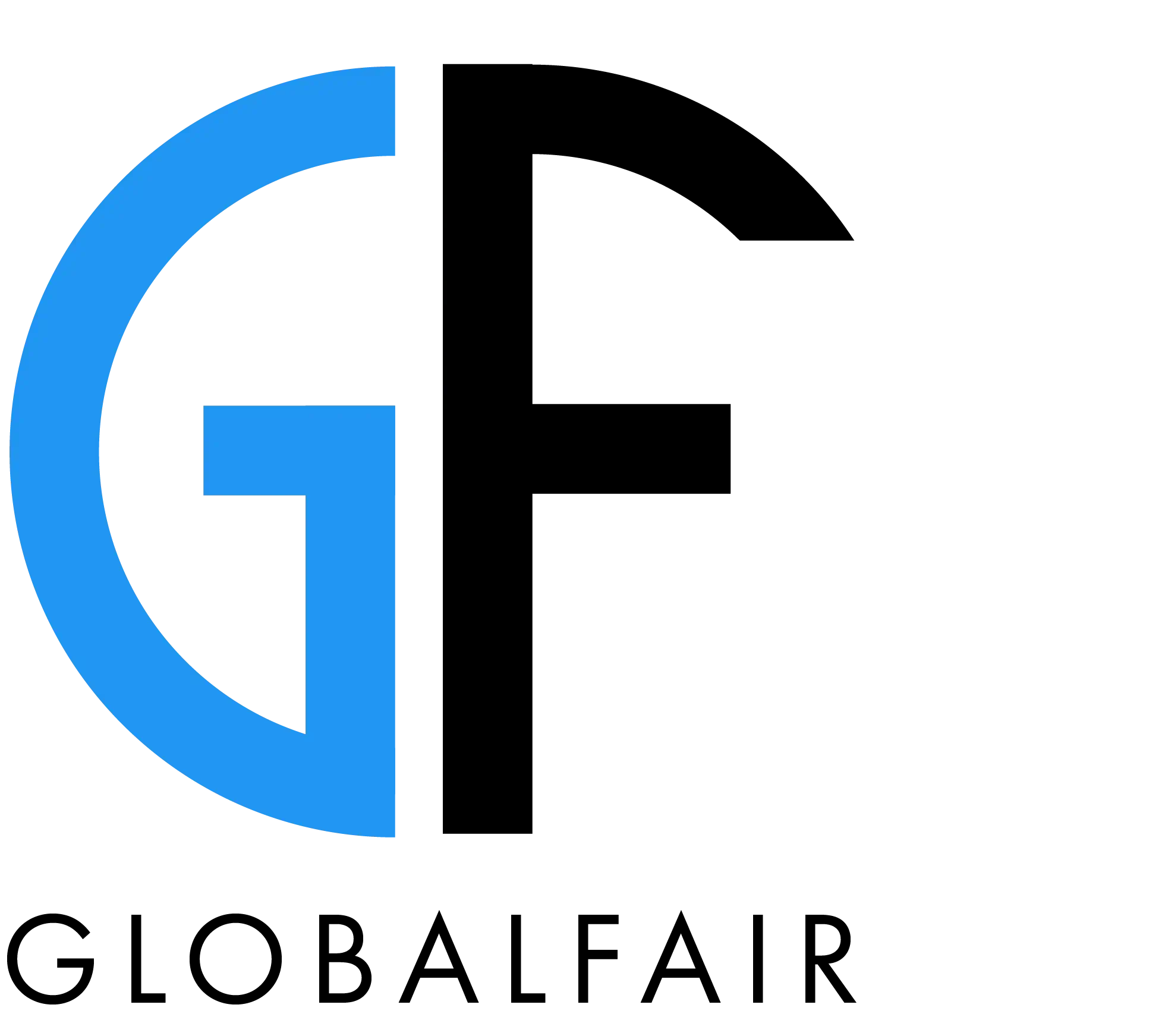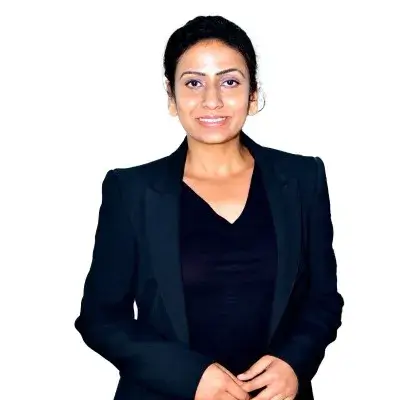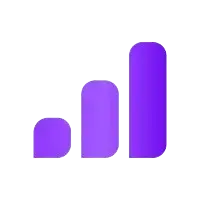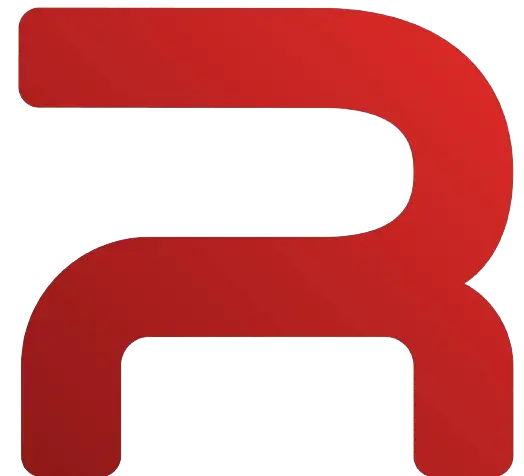Ready to launch your own podcast? Book a strategy call.
Frontlines.io | Where B2B Founders Talk GTM.
Strategic Communications Advisory For Visionary Founders
Conversation
Highlights
Rethinking Supply Chain Innovation: Why Rollzi’s Founder is Betting Against Conventional Wisdom
Sometimes the most compelling innovations come from questioning industry assumptions so fundamental that they’re practically invisible. In a recent episode of Category Visionaries, Rollzi founder Damien Hutchins revealed how his company is challenging one of trucking’s most basic premises: the idea that maximizing route flexibility is always better for business.
Most logistics startups focus on optimization within existing operational models. Rollzi instead asked a different question: What if the traditional point-to-point trucking model itself is the problem?
The answer led to a counterintuitive strategy that’s producing remarkable results, including driver retention rates 16 times better than industry standards. But perhaps more importantly, it’s revealing how strategic constraints can actually accelerate innovation in legacy industries.
The Power of Strategic Constraints
“Our strategy, I call it the single lane relay strategy,” Damien explains. Instead of maximizing route flexibility, Rollzi deliberately constrains operations to specific lanes, creating a relay system where drivers hand off loads at predetermined points.
This might seem limiting, but it solves multiple problems simultaneously. Drivers return home nightly instead of sleeping in trucks. Loads move continuously instead of sitting idle during mandatory rest periods. And perhaps most importantly, it creates natural insertion points for future technology adoption.
“Because now I have these segments on the lane, I do have the opportunity for different types of trucks,” Damien notes. “If the truck is only going 500 miles per segment before it returns to its terminal… now you have some interesting things you can do, maybe with hydrogen or with electricity.”
The GTM Reality Check
Rollzi’s initial go-to-market strategy seemed straightforward: offer shippers faster service at lower costs through their more efficient model. But reality proved more complex.
“I thought when I got into this that we would increase freight velocity and we would decrease cost, thus passing on those costs to shippers and they would be more than willing to give us all of their freight that lands on the lane that we operate on,” Damien recalls. “That turned out to not be the case because a lot of shippers don’t want to give you freight that is just going from one location… They say, well no, I have an outbound warehouse and I’d rather just manage one trucking company.”
This insight led to a crucial pivot. Instead of viewing brokers as middlemen to be eliminated, Rollzi recognized them as ideal partners whose incentives aligned perfectly with their specialized model.
“We actually found that working with brokers or third parties that are aggregating lots of freight from shippers is actually better for us, even though the broker is making money on the spread,” Damien explains. “The idea that they have incentives that are aligned a little bit more with what we’re trying to accomplish actually works out really well.”
The Asset-Heavy Advantage
While many logistics startups chase asset-light models, Rollzi is taking the opposite approach. “We actually own the assets and we think that’s actually really important because of data and control,” Damien emphasizes. “We have W2 drivers, owned trailers, owned trucks, and that gives us a lot more control over exactly how we dispatch.”
This control creates compounding advantages. Traditional carriers face driver churn rates over 100%, creating massive costs in recruiting, training, and insurance. Rollzi’s model, by contrast, has achieved a remarkable 6% churn rate by fundamentally redesigning the driver experience.
Innovation in a Tough Market
Rollzi’s growth from three to 22 trucks in two years demonstrates the model’s potential, but Damien maintains a pragmatic view of current conditions: “This is probably one of the toughest markets I’ve experienced, definitely. But as I talk to other players in the marketplace, this is probably the toughest market maybe ever.”
Their response reveals an important lesson about innovating in established industries: “Innovation is expensive though, so how can we innovate while still making money and still bringing in revenue?” Sometimes this means making tactical compromises while maintaining strategic focus.
The Future View
Looking ahead, Damien sees opportunities for integrating advanced technologies into their model: “Maybe using some machine learning for some of the really simple decision making that we’re doing, just to start dabbling with that instead of the calculated algorithms that we’re using today.”
But perhaps more intriguingly, their constrained model creates natural opportunities for testing revolutionary technologies like autonomous vehicles. As Damien notes, “Maybe autonomy is not great for this whole load from Seattle to LA. But the Bakersfield, California to Los Angeles segment is actually perfect.”
Rollzi’s story offers a compelling lesson about innovation in established industries: sometimes the most effective path forward isn’t through technological disruption alone, but through rethinking fundamental operational assumptions and being willing to make strategic trade-offs that others won’t consider. By constraining certain variables, you might actually create more space for meaningful innovation where it matters most.




